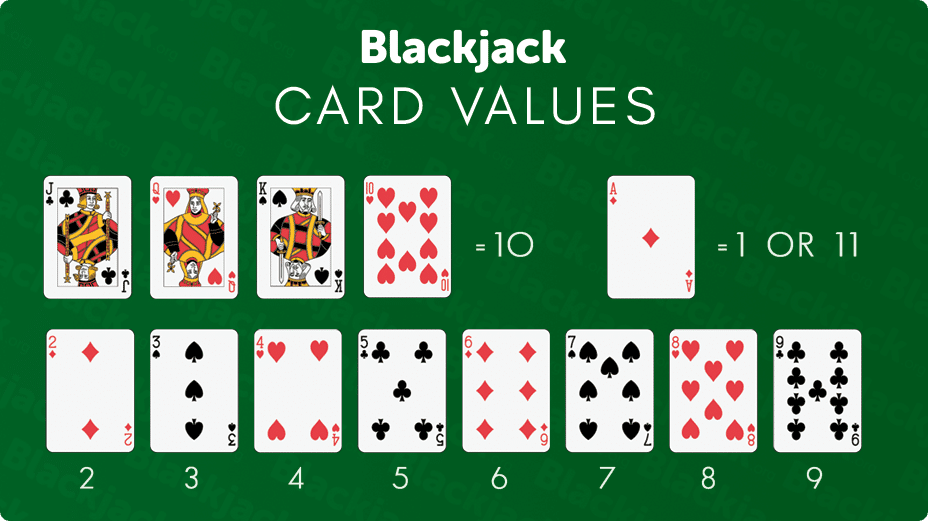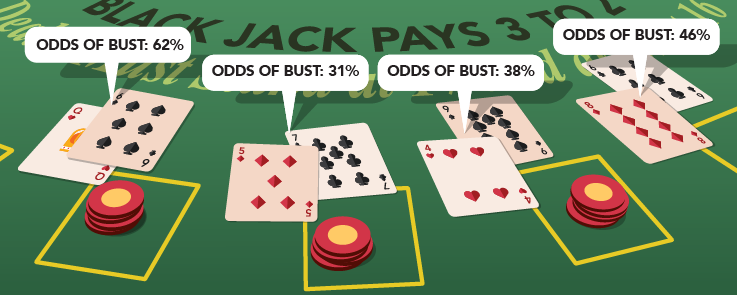The origins of blackjack can be go back to the 17th century, with the game having evolved from various European card games. The roots of blackjack are closely connected to the gambling history, reflecting the cultural transformation that characterizes the development of card games.
Blackjack has emerged as a cornerstone in the world of gambling, gaining prominence in both traditional brick-and-mortar luxury casinos and the ever-expanding realm of online gaming platforms. Its enduring popularity has strengthened blackjack’s status as an essential casino game, drawing players from diverse backgrounds.
The central question guiding this exploration is the enduring allure of blackjack. Beyond its historical journey, understanding the factors that contribute to its sustained popularity uncovers the secret surrounding this card game. This article delves into the unique blend of strategy, simplicity, and mathematical intrigue that positions blackjack as an absolute favorite among casino enthusiasts.
In delving into the mechanics of blackjack, a comprehensive understanding of its basic rules and objectives is crucial. Players engage in a battle against the dealer, aiming to achieve a hand value closest to 21 without exceeding it. The strategic essence lies in navigating decisions like hitting, standing, doubling down, or splitting pairs, creating an intricate dance of choices. Blackjack is one of the most diverse casino games in Tbilisi and around the world.
At the heart of blackjack lies a numerical palette where cards carry specific values. Exploring this aspect means understanding the blend of simplicity and complexity in the game. Face cards hold a value of 10, while aces can be valued at 1 or 11. The nuanced scoring system forms the foundation for strategic decision-making, summarizing the nature of blackjack’s mathematical allure.

Players receive initial cards, and the dealer reveals one of their cards. Subsequent decisions by players involve navigating the delicate balance between acquiring cards to reach 21 and avoiding busting. The dealer’s actions, dictated by stringent rules, add a layer of anticipation and strategy, culminating in the revelation of winners and losers in each round. This systematic exploration provides a glimpse into the dynamic interplay that defines the blackjack experience.
Blackjack is more than just a game of chance because of its strategic foundation, which makes it necessary to investigate basic methods. Making the best choices possible depending on the player’s hand and the dealer’s upcard is the foundation of basic blackjack strategy. Players are guided to make statistically beneficial decisions by this methodical strategy, which has a substantial impact on every hand’s outcome.
Moving on to more complex tactics, card counting becomes an elegant method that proficient players use. This section explores the fundamental ideas behind different card counting techniques, emphasizing how they differ in how they monitor the proportion of high-value cards to low-value cards. Although card counting is still a controversial topic, this talk includes it in an effort to provide a complete picture of the blackjack strategy.
Although the basic rules of blackjack remain the same, many variants have been developed to add variety to the game. Blackjack, a popular casino card game, has several variations that offer diverse gameplay experiences
Blackjack variations are very popular because they introduce a variety of interesting elements that appeal to a wide range of player preferences. Although the traditional version is still a mainstay in casinos across the globe, gamers looking for fresh challenges and more betting opportunities are drawn to variants like Spanish 21 and Perfect Pairs Blackjack.
Preferences differ by region. Classic Blackjack is still very popular in the United States, especially in Atlantic City and Las Vegas. Spanish 21’s distinctive deck structure and bonus incentives have helped it become popular in North America. Regional preferences are shown in Pontoon’s popularity in Australia and the United Kingdom. Tbilisi casinos favor traditional Blakjack. The most well-liked variation can change according on regional gaming trends and cultural factors, demonstrating how Blackjack can be tailored to suit a variety of player types.

Blackjack, a game known for its blend of strategy and chance, captivates players with the allure of beating the house. Understanding the odds and probabilities is crucial for making informed decisions at the table.
Basic Odds: In a standard deck, each card holds a specific value, contributing to the overall odds. Aces are versatile, serving as either 1 or 11, while face cards are valued at 10. The probability of drawing a 10-value card from a fresh deck is approximately 30%, a significant factor when considering the likelihood of hitting 21.
Blackjack Probabilities: Achieving a natural Blackjack, an ace paired with a 10-value card, carries a probability of approximately 4.83%. This low likelihood contributes to the game’s excitement, as players strive for the elusive perfect hand.
Busting Probabilities: Understanding the chances of going over 21, known as busting, is equally crucial. Players can estimate the likelihood of busting based on their current hand. For instance, holding a 16 means there’s an approximate 62% chance of busting if another card is drawn.
Counting Cards: Advanced players often employ card counting techniques to gain an edge. The Hi-Lo system assigns values to cards (+1 for low cards, -1 for high cards), allowing players to estimate the composition of the remaining deck. By keeping a running count, players can adjust their bets and decisions based on the likelihood of drawing favorable cards.
True Count Adjustment: Card counters take it a step further by incorporating the true count. This involves dividing the running count by the estimated number of decks remaining in the shoe, providing a more accurate reflection of the deck’s composition.
Shoe Composition: The number of decks in play significantly influences the odds. As the game progresses, the composition of the remaining cards changes. Single-deck games offer more significant fluctuations in odds compared to multiple-deck games, affecting player strategies.
Regional Variations: Different regions may adopt specific strategies and preferences. For example, European Blackjack typically uses multiple decks, impacting the odds compared to American versions. Regional variations in rules and deck structures require players to adapt their understanding of probabilities accordingly.